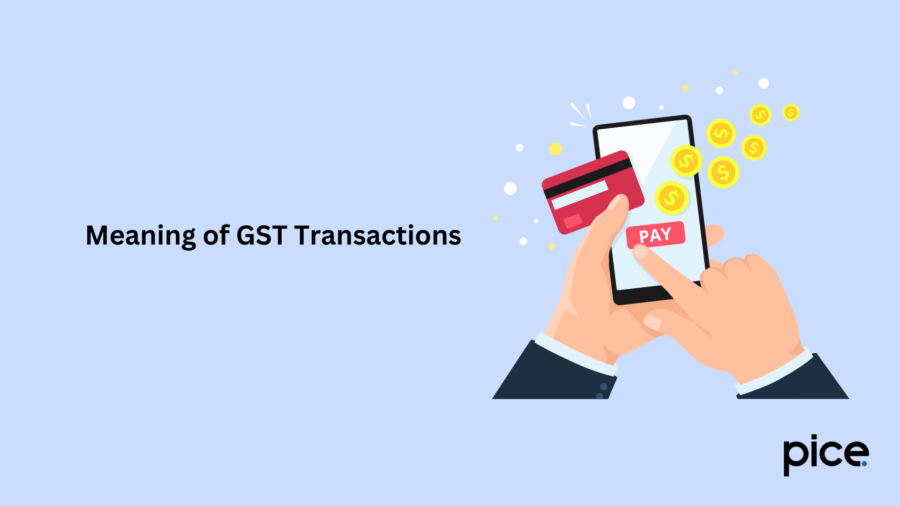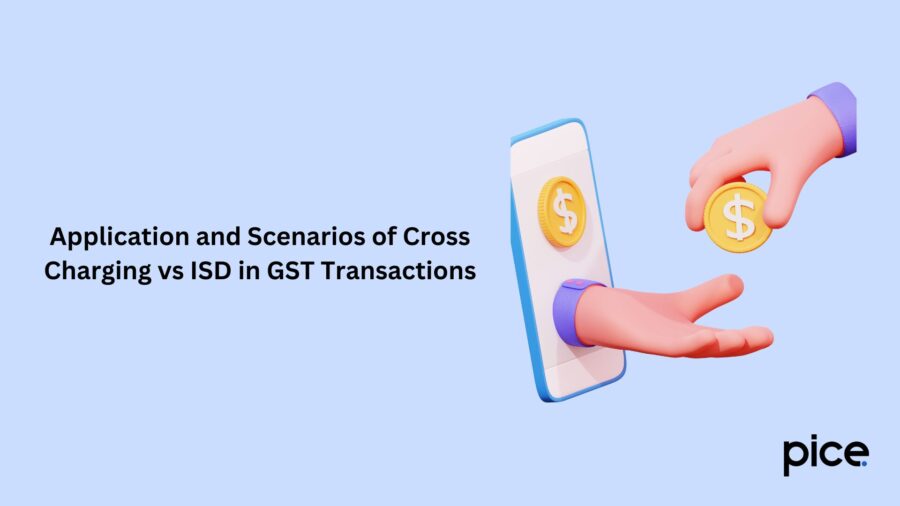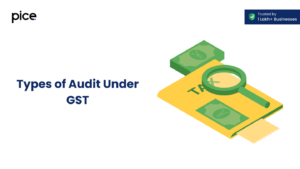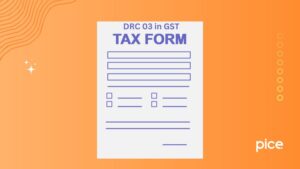A Comprehensive Guide on Cross Charge Under GST
- 13 Jan 25
- 9 mins

A Comprehensive Guide on Cross Charge Under GST
Key Takeaways
- Cross charging allocates costs between GST-registered branches of the same business.
- ISD distributes ITC for third-party services proportionately among branches.
- GST treats branches in different states as distinct entities with separate registrations.
- Cross charge covers goods and services, while ISD applies only to services.
- Choose cross charge or ISD based on business structure, expenses, and compliance ease.
Cross-charge transactions emerge as a vital approach for allocating the cost of provision of services among different entities in a corporate framework. They play a crucial role in facilitating the seamless movement of assets, services and value, often across various locations and divisions of a company.
You must grasp the implications of cross-charge under GST (Goods and Services Tax) to ensure business compliance.
Meaning of GST Transactions

The Goods and Services Tax (GST) was introduced in 2017 as a comprehensive indirect tax reform. It replaced several central and state-level indirect taxes and applied to all transactions involving the supply of goods and services within India. GST transactions are broadly categorised into two types - interstate and intrastate transactions.
What is Cross Charging?
Under the Central Goods and Services Tax Act, there is a levy of tax on the supply of goods or services without consideration as long as the transaction occurs between two distinct taxable person. If two distinct person operate with separate GST registrations, they are treated as distinct entities.
For instance, when goods or services are exchanged between branches of the same business located in different states, these transactions fall under GST. This is because GST is a destination-based tax, making such exchanges subject to cross-charge transactions.
GST cross-charging occurs when a single business with multiple units provides goods or services to one of its own units. Although these units are part of the same business, they are regarded as separate entities due to their distinct registrations.
For instance, when a business operates through several locations or branches under a single PAN, it is common for the Head Office (HO) to handle the administrative tasks, IT support, accounting, and other operations for all the Branch Offices (BO) in India. The professional services provided by the head office to its branches are treated as separate services. These professional services are then allocated to each branch based on their individual turnover.
To avoid any blockage of credits, the Head Office will issue invoices to each branch for the services provided. This allows the Head Office to transfer the corresponding ITC to the branches, ensuring they can claim the credit for the services received.
Here are some important points to remember regarding cross charging in GST transactions:
- The Indian GST framework does not explicitly define cross-charging.
- Transfers of goods or services between two units of the same business are considered “deemed supply of services”, meaning they are classified as transactions subject to GST.
- This concept is crucial for business owners with multiple GST registrations.
- It enables the supplying business unit to recuperate expenses, despite being treated as separate entities.
Insight Into Input Service Distribution
Input Service Distribution (ISD) under GST is a system that helps businesses allocate input tax credit (ITC) for services received by one unit to other units within the same organisation. ITC provides a significant advantage to businesses as it lowers their overall tax burden.
According to GST regulations, businesses operating in multiple states must obtain separate registrations for each state. When different units of the same organisation use similar common input services, distributing the ITC across these units can be challenging. ISD simplifies this process by allowing the head office to allocate ITC to each unit based on their respective contributions.
Key Differences Between Cross Charging and Input Service Distribution
The following table shows the key comparison of cross-charge vs. input service distribution:
| Parameters | Cross Charging | Input Service Distributor (ISD) |
| Meaning | The GST law in India does not provide a specific definition for cross charge. Nevertheless, some provisions of the CGST Act 2017 reference the idea of cross charge. | An Input Service Distributor (ISD) is a designated office authorised to allocate input tax credits among different business units that share the same PAN. This definition of ISD is outlined in Section 2(61) of the CGST Act, 2017. |
| Transaction Type | GST is applicable on the transfer of goods or services between different business units. | Transferring Input Tax Credit (ITC) for services acquired from an external provider within a business. |
| Inclusions | Includes both goods and services | Includes just services |
| Registration | No requirement for registration under cross charge | Requirement of registration for ISD |
| Applicability | Applied on transfer of goods and services from one unit to another | Applied on services given by third parties to different business units |
| Key Feature | Offers compensation for incurred expenses | Simply a method for allocating credit for input services |
| Record Keeping | A standard GST invoice is necessary for all cross-charge transactions under GST. | Issuance of ISD invoices is done according to the regulations for each allocation of ITC between branches. |
| Tax Return Compliance | No applicability of GST return compliance | Relevant for ISD through GSTR 6 and GSTR 6A forms |
| Example | The head office covers the costs involved in providing internet services to the various branches of the company. It can now allocate and charge each branch for its respective portion of the services received. | If a company's central office contracts a shared security system for all its branches, it can register as an ISD and allocate the ITC benefits proportionately to each branch. This strategy aids in minimising the total tax liabilities across all branches. |
Application and Scenarios of Cross Charging vs ISD in GST Transactions

While both cross-charge and ISD share a common goal in ITC distribution under GST, their applications differ significantly on the basis of specific scenarios and business requirements. Below you will learn how their usage varies:
Scenarios for Application of Cross Charge
- Suitable for businesses with multiple GST registrations and branches that lack individual cost centres, where shared expenses benefit all units equally
- Applicable to a wide range of goods and services procured by the head office for the collective benefit of all branches
Scenarios for Application of ISD
- Ideal for organisations where the central office handles specific services, such as HR or legal, on behalf of its branches, particularly when these branches do not generate outward supplies of those services.
- Its use is limited to cases where third-party services are rendered directly to the business.
Cross Charge vs. ISD: How to Choose the Application?
The choice between cross charge and ISD for ITC distribution depends on various factors. Here are some key factors you need to consider to find out the most appropriate option for your organisation.
Business Structure
Cross charging is ideal for businesses that do not have cost centers. On the other hand, the Input Service Distribution process is better suited for businesses where there is no outward supply of goods or services between different branches.
Expense Type
If the expense pertains to goods and services, the cross charge mechanism is applicable. However, if the expense is solely related to input services, the Input Service Distributor (ISD option is more appropriate.
Administrative Considerations
It is important to evaluate whether it will be easier for your administrative staff to operate with cross charge or with ISD. For example, a large corporation that has many branches located all over the country can find it easier to register under ISD. This is because it allows for the streamlined distribution of input tax credit to various locations.
Compliance Requirements
Cross charging may involve more complex compliance, due to the inclusion of outward supply transactions. However, ISD tends to reduce compliance burden.
Conclusion
Cross charge under GST is an important practice, ensuring cost is fairly divided for multi-locational entities and is crucial for smooth asset transfers. While a supplier will charge GST on supplies made to a recipient, input tax credits can be availed when eligible. Right reporting in the GSTR-3B form or GSTR-1 form along with the understanding of the rules under GST is thus mandatory for business compliance.
💡If you want to streamline your payment and make GST payments, consider using the PICE App. Explore the PICE App today and take your business to new heights.


















